3 Simple Steps to Convert Ounces to Pounds in Excel
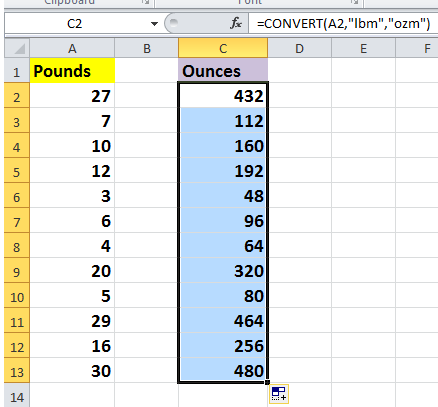
Converting units in Excel is not only about improving productivity but also maintaining accuracy in your data analysis tasks. Whether you're a student, business owner, or researcher, knowing how to convert ounces to pounds is a fundamental skill for various scenarios, including calculating shipping weights, inventory management, or recipe adjustments. In this guide, we'll walk you through the process of converting ounces to pounds in Excel using three simple steps. Here's how you can do it:
1. Setting Up Your Spreadsheet

Before diving into any calculations, you need to prepare your data correctly. Here's what you should do:
- Open Microsoft Excel on your computer or use the online version if you don't have the software installed.
- In a new worksheet, label columns appropriately:
- Column A for Ounces (oz)
- Column B for Pounds (lbs)
- Input the values in ounces that you wish to convert into column A.
| Ounces (oz) | Pounds (lbs) |
|---|---|
| 32 | ??? |
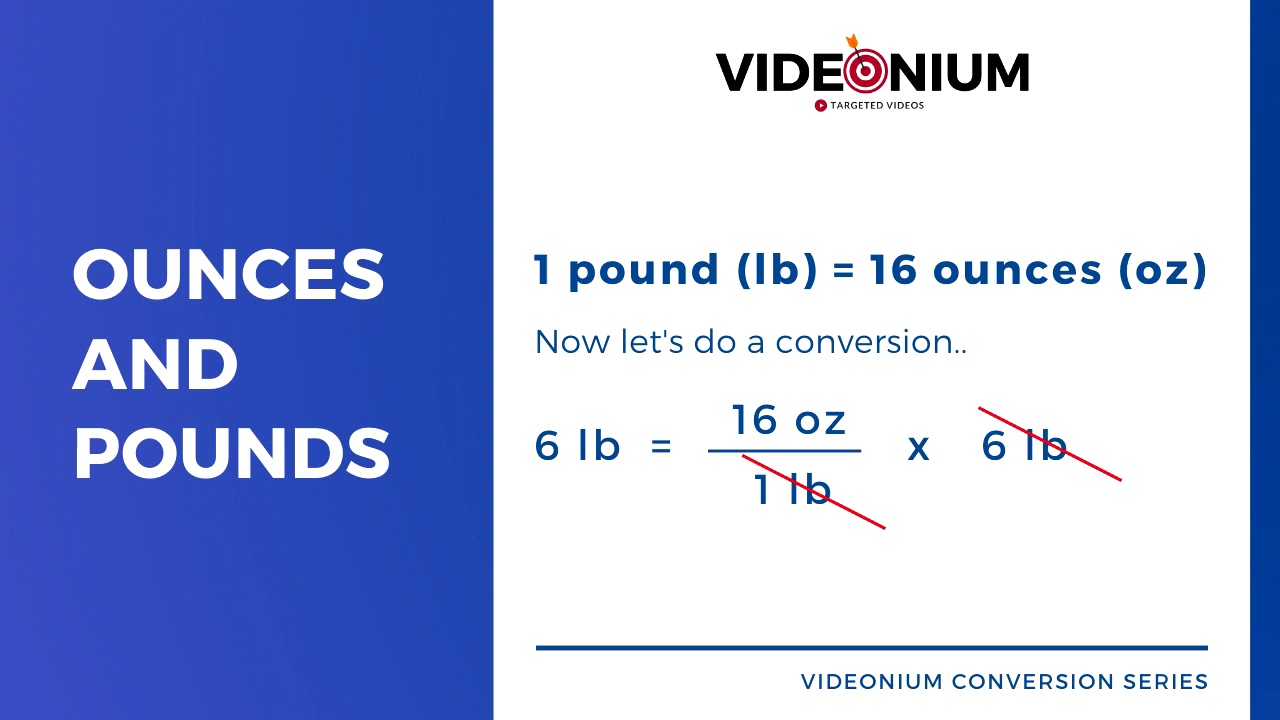
💡 Note: Ensure your data is organized. An unorganized dataset might lead to confusion and errors during calculations.
2. Converting Ounces to Pounds
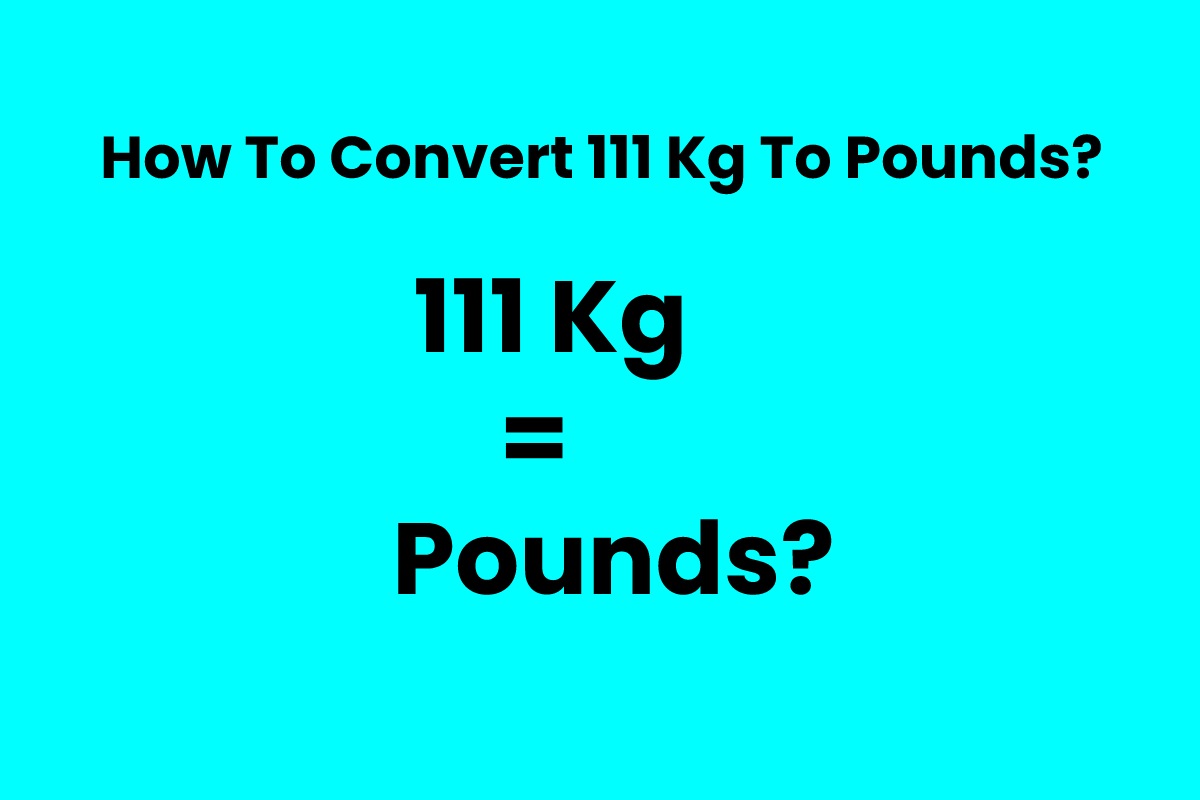
Now, let's convert the values from ounces to pounds:
- In cell B2, where you want to display the result in pounds, input the formula:
=A2/16. This formula divides the value in A2 (ounces) by 16 (since there are 16 ounces in a pound). - Press Enter, and you'll see the result.
- To convert more entries, simply click and drag the bottom right corner of cell B2 to fill down the formula for the remaining cells.
💡 Note: Always double-check the accuracy of the conversion by manually calculating at least one value.
3. Formatting and Finalizing
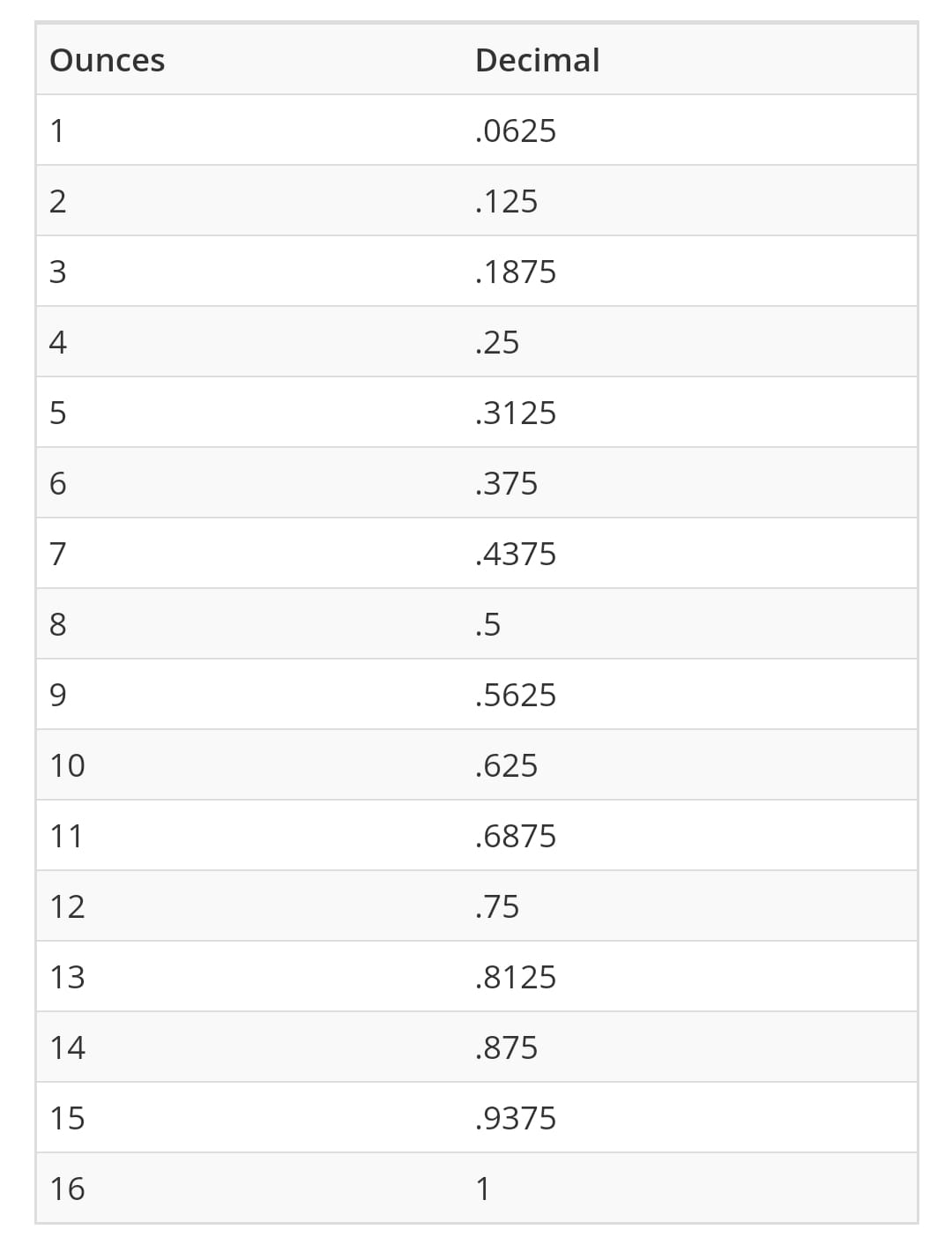
Your conversion is now set, but to make your spreadsheet more professional and easier to understand:
- Format the cells in Column B:
- Right-click on the column header or any cell within Column B.
- Select Format Cells.
- Go to the Number tab, choose Number, and set the number of decimal places to what suits your data (e.g., 2 for accuracy).
- Ensure your table has headers for clarity:
| Ounces (oz) | Pounds (lbs) |
|---|---|
| 32 | 2.00 |
By formatting your numbers appropriately, you ensure that your data is not only accurate but also presented in a manner that's easy to comprehend. Remember, in Excel, the default number formatting can lead to confusion if not set correctly. In summary, converting ounces to pounds in Excel is a straightforward task that involves setting up your spreadsheet, applying the correct formula, and then formatting your results for readability. Whether for personal or professional use, mastering this conversion will enhance your efficiency in dealing with various weights and measures. Use these steps as a guide, and you'll find that managing weights in Excel becomes a breeze.
Can I Convert Other Units in Excel?

+
Yes, Excel can be used for various unit conversions. You need the conversion factor for other units like grams to pounds, or liters to gallons, then apply a formula similar to the one described for ounces to pounds.
Why does Excel convert 16 ounces to a whole number?
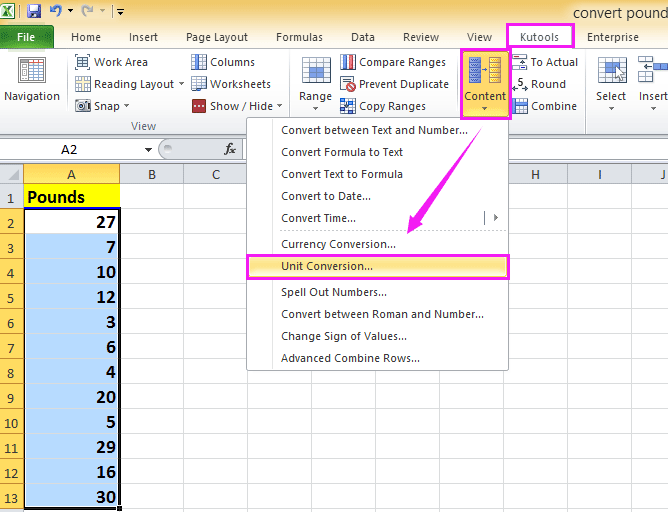
+
This is due to Excel’s default rounding when formatting cells. If you’re dealing with precise measurements, ensure your cells are formatted to show decimal places.
What if I have a large list of units to convert?

+
Excel’s power comes into play here. After setting up your formula in one cell, you can easily drag and fill the formula to convert as many entries as required.